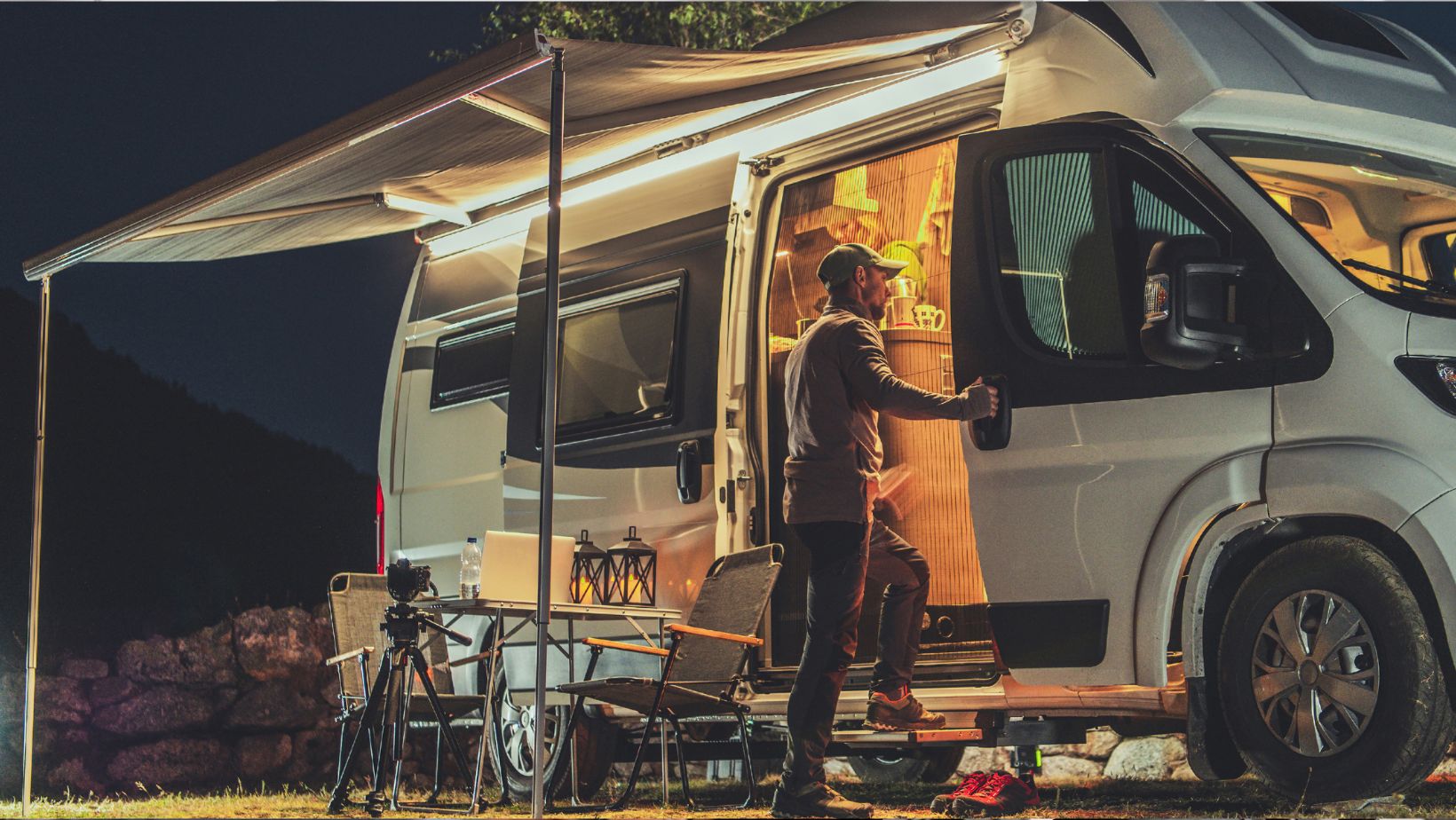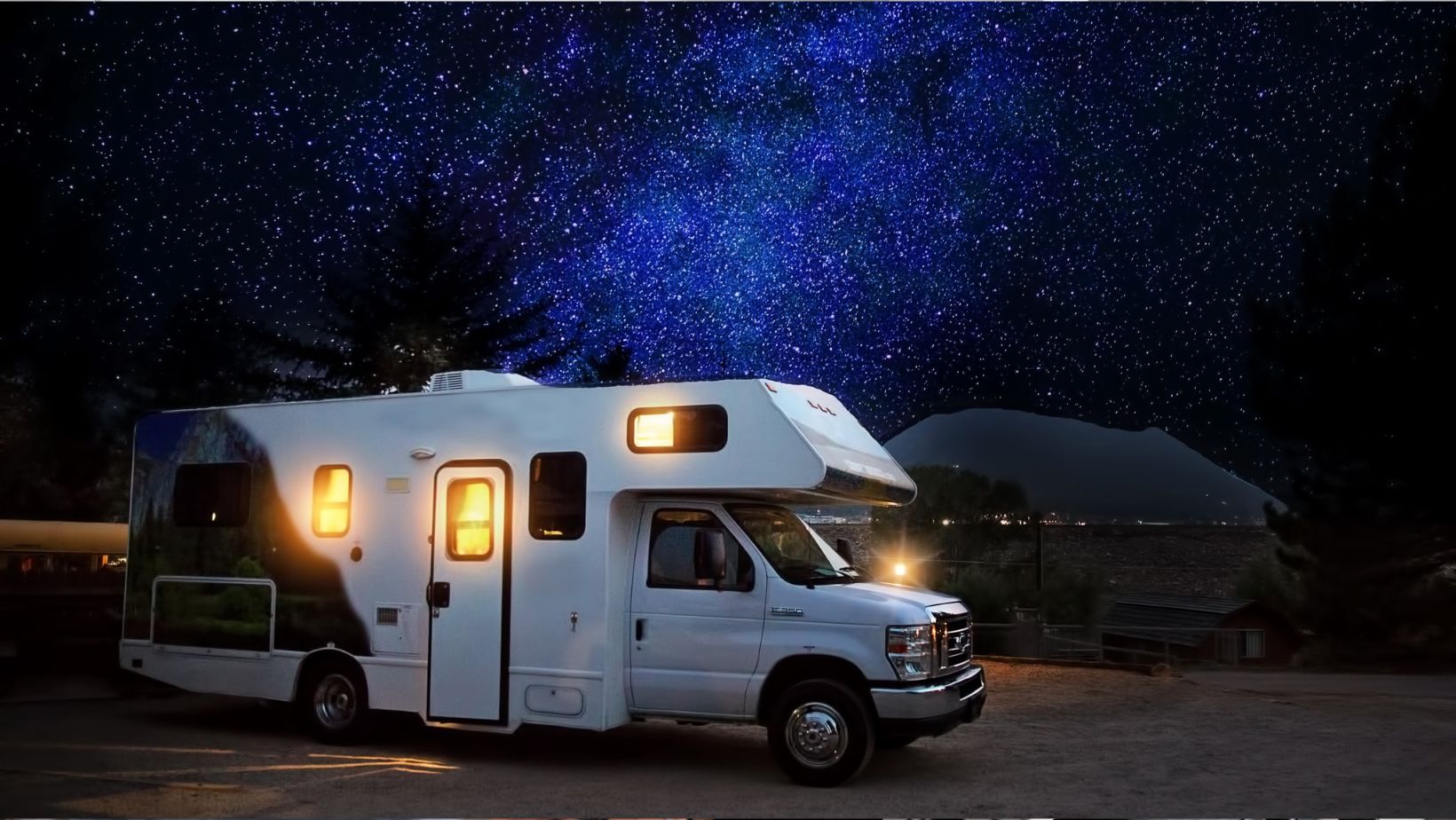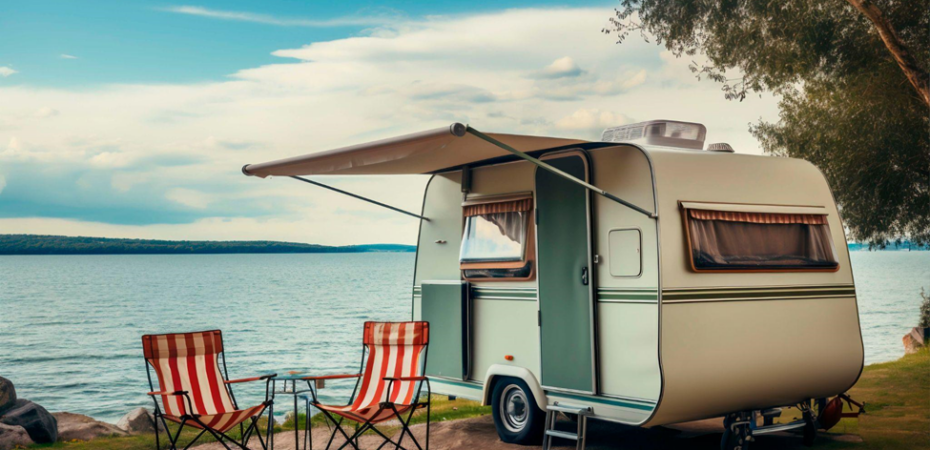Starting With What Matters
RV travel depends on systems that work without trouble. When you stop, you need shade. When the wind picks up, you need shelter. The awning plays a steady role in both. A good one protects your space from sun, rain, and debris. The frame holds the shape, but the fabric, arms, and hardware all work together. For many owners, equipment from Carefree of Colorado supports this part of the RV for years at a time. These components move with the road and settle in once the wheels stop turning.
Making Use of Reliable Movement
Awnings extend and retract often. That motion must feel smooth. Whether you use a crank, a switch, or a remote, the parts should respond right away. Sticking arms, jerky movement, or sagging fabric all point to wear. A well-built system holds its line during setup and stays stable when in use.
Frames that resist twisting and brackets that support weight without shifting lead to fewer problems later. Movement also depends on tension. Springs, rollers, and mounts must keep the awning firm, even with changes in temperature or moisture. Systems that rely on careful balance benefit from steady use and clear maintenance habits.
Selecting Fabric That Works With the Weather
Rain soaks into untreated fabric and adds weight to the roller. Heat fades colors and weakens fibers. Wind pulls at the edges and adds stress to seams. A strong awning fabric handles all of these forces without letting them build up over time.

Materials like vinyl or acrylic offer different strengths. Vinyl blocks water and wipes clean. Acrylic allows airflow and resists mildew. Both can last through long trips if installed correctly and maintained between stops. Colorfast surfaces stay bright even after long sun exposure. Fabric with sealed edges and reinforced corners will also reduce tearing and curling.
Keeping the System Easy to Use
Awnings should not feel like a chore. If setup takes too long or storage becomes a struggle, people avoid using the equipment. That creates a cycle of neglect. Reliable systems reduce that friction. Automatic retraction, support arms that stay in place, and covers that protect the roller all support long-term use.
Upgrades like wind sensors or pitch adjustment levers can also help. These tools give you better control and help the system respond to changing conditions. Small additions like these lead to more use and fewer unexpected issues.
Maintaining Strength Over Time
Even strong parts need care. Check bolts, hinges, and seals at the start and end of each season. Look for wear in the joints and rust on metal parts. Fabric should stay tight without sagging. The roller should move without strain. If the motion feels uneven or slow, clean the track and lubricate the moving points.
Storage also affects durability. Keep the awning dry before rolling it up. Use covers or shields if the RV will sit for a while. These steps prevent buildup and extend the life of both the fabric and the moving parts.
Matching Your Setup to Your Style
Travelers move differently. Some people park in the same place for weeks. Others stop overnight and move on. Your awning system should match the way you use it. Quick trips may call for faster setup. Longer stays may benefit from added coverage or extra tie-downs.
Awning size also plays a role. A large surface provides more shade but adds weight. Smaller setups store faster and work well in narrow spaces. Think about your favorite locations and how much time you spend outside. That context helps you pick the right size, weight, and movement system.
Adding Value Through Small Changes
If the frame still works but the fabric has faded, replace the fabric. If the arms stay firm but the control motor has slowed down, swap the motor. Replacing a part instead of the whole system can save time and money. These small changes restore function and keep your outdoor space working as intended.

Some upgrades include lighting, screen rooms, or weather shields. These additions improve comfort and extend how and when you use the awning. Focus on parts that improve function. That approach brings more value than changes based on appearance alone.
Paying Attention to Fit and Compatibility
Not every awning fits every RV. Measure the frame, mounting points, and roller before buying parts or fabric. Check the model number and the year. Manufacturers often provide parts that match the system exactly. This keeps the setup balanced and reduces strain on the motor or crank.
When everything fits, the system works as a unit. Movement stays smooth. Coverage stays even. Water runs off instead of pooling. These details protect the RV and improve comfort around the entry point.
Treating the Awning as Part of the RV
The awning should not feel separate from the rest of the rig. It adds to the space, supports your routine, and needs the same level of care. With the right equipment, it can last through many seasons and trips. Each stop becomes easier when the gear moves without trouble and holds strong once it’s in place.
Small checks, steady use, and basic cleaning keep the system reliable. Whether you camp in the sun or drive through rain, the awning becomes part of the trip. Not a feature. Not a chore. Just something that works.


 By
By 





